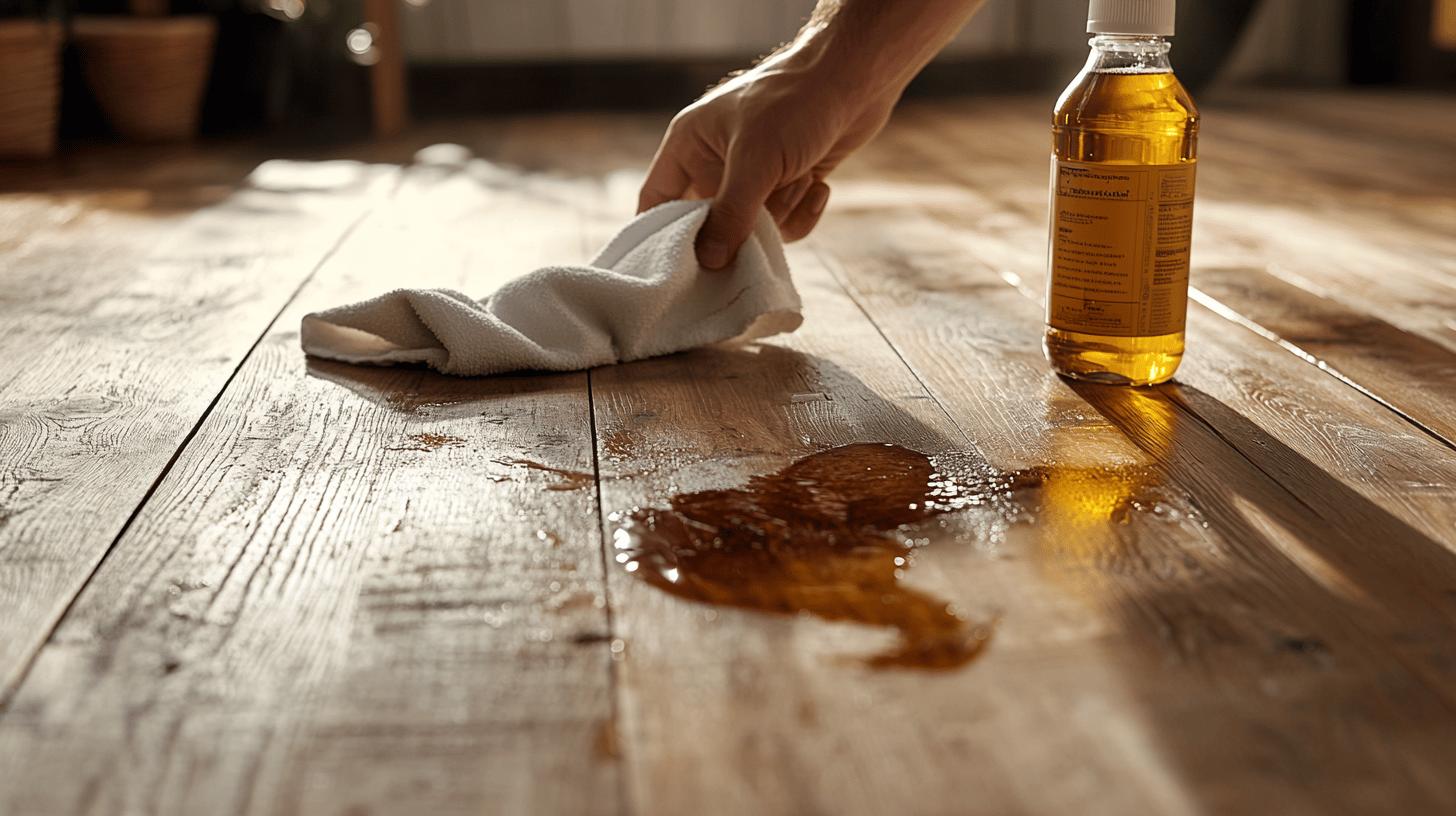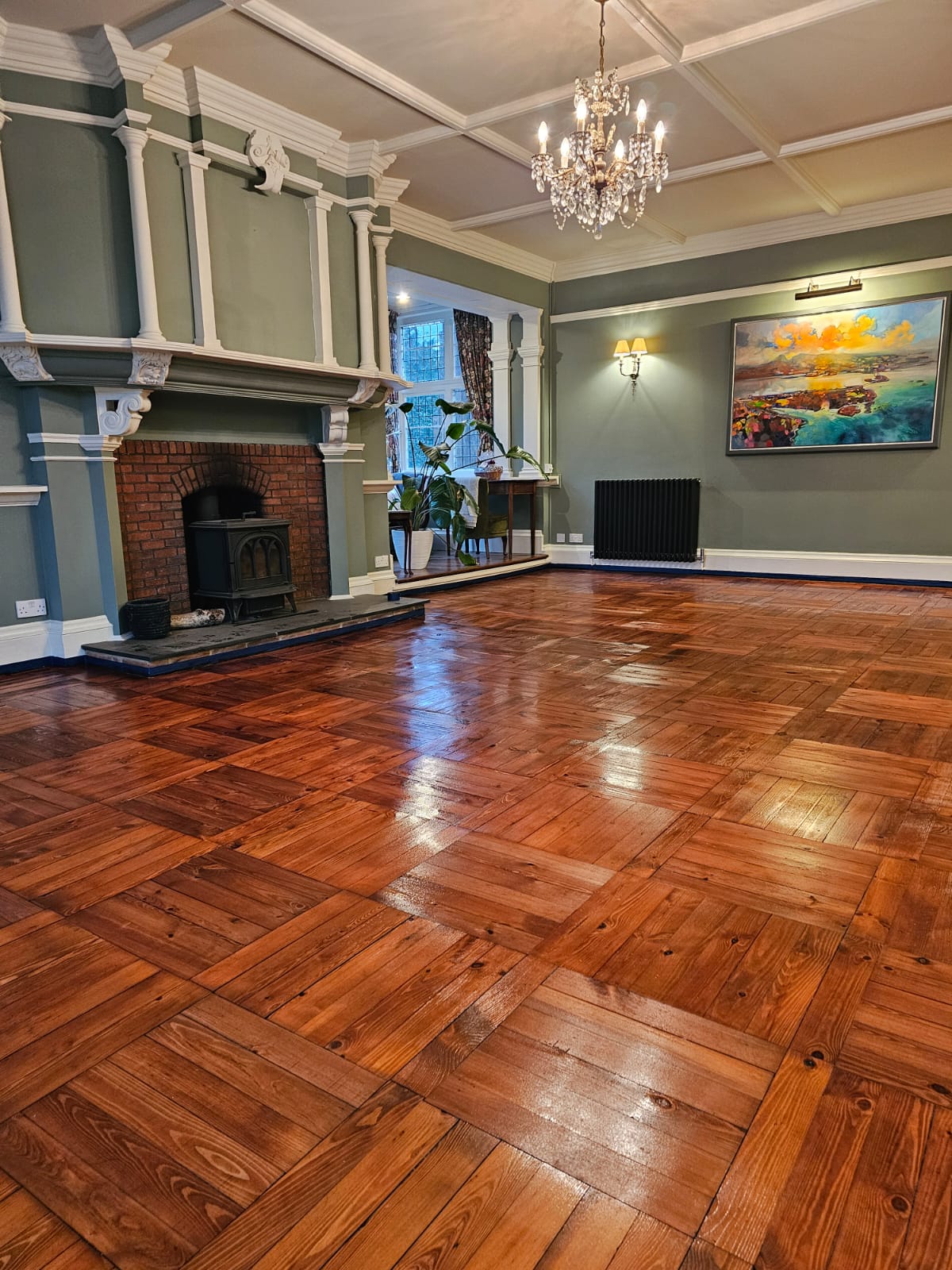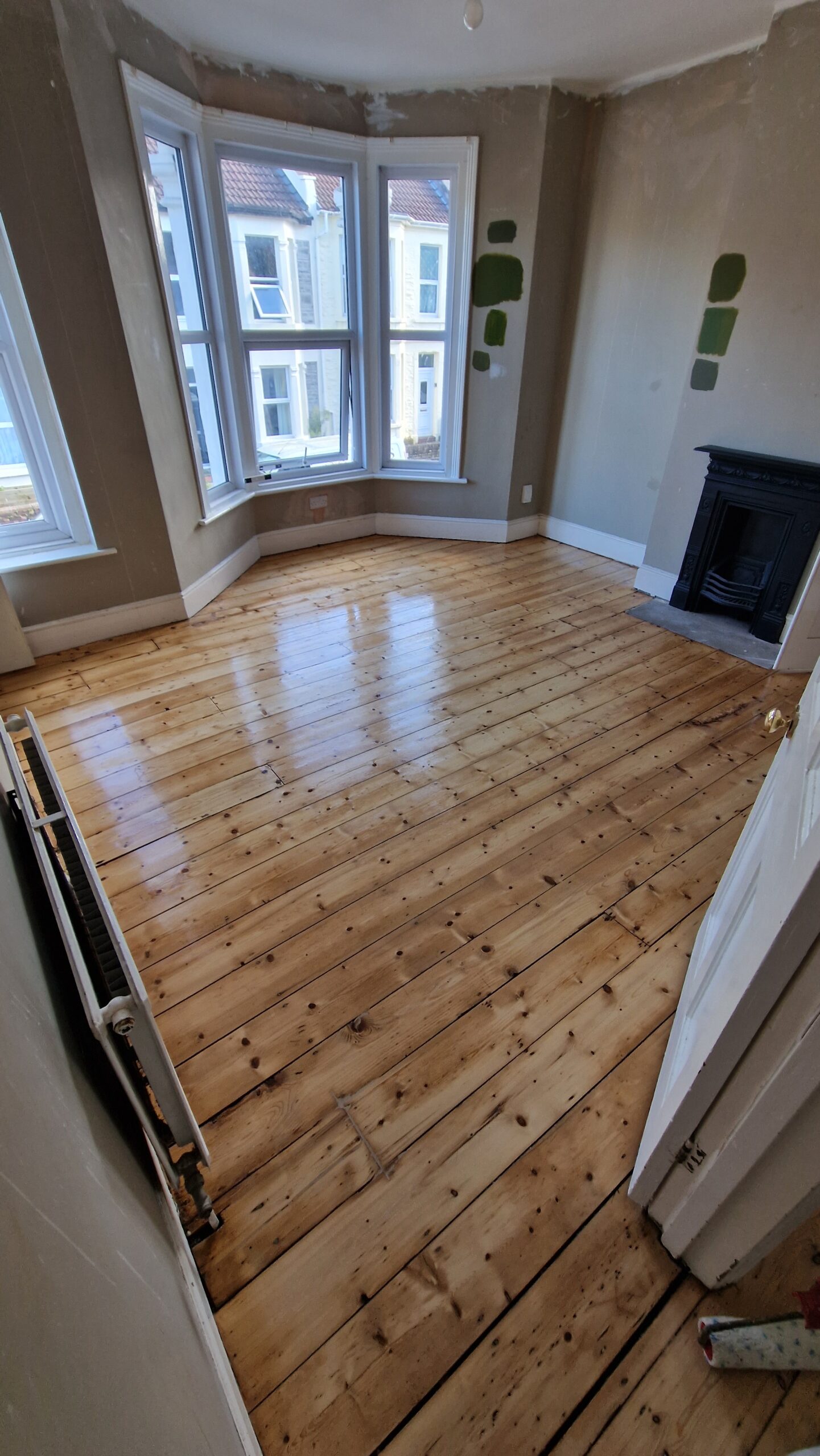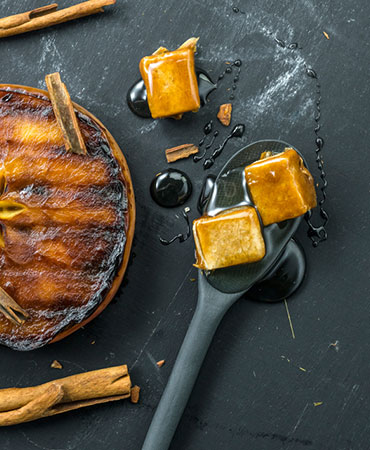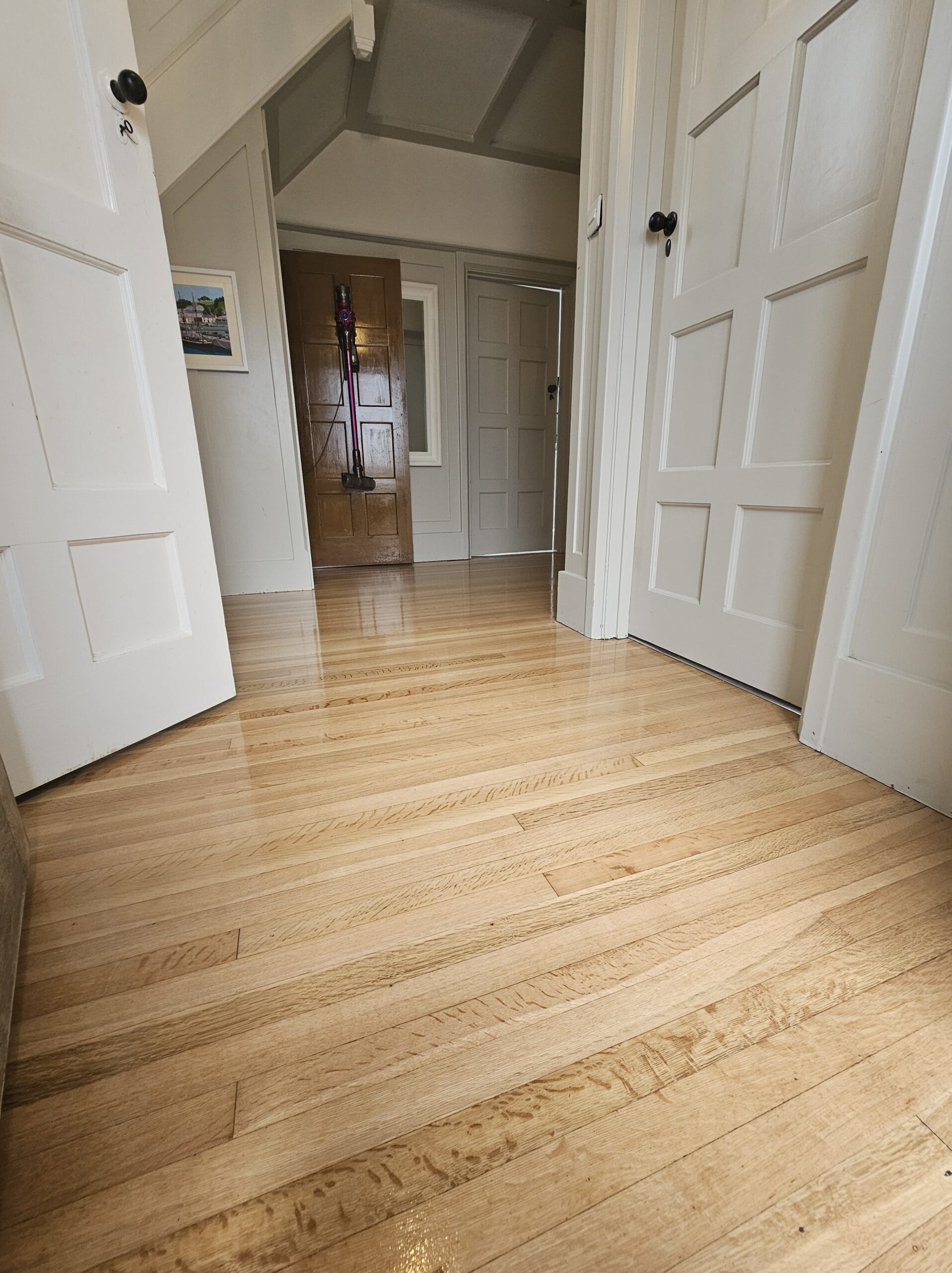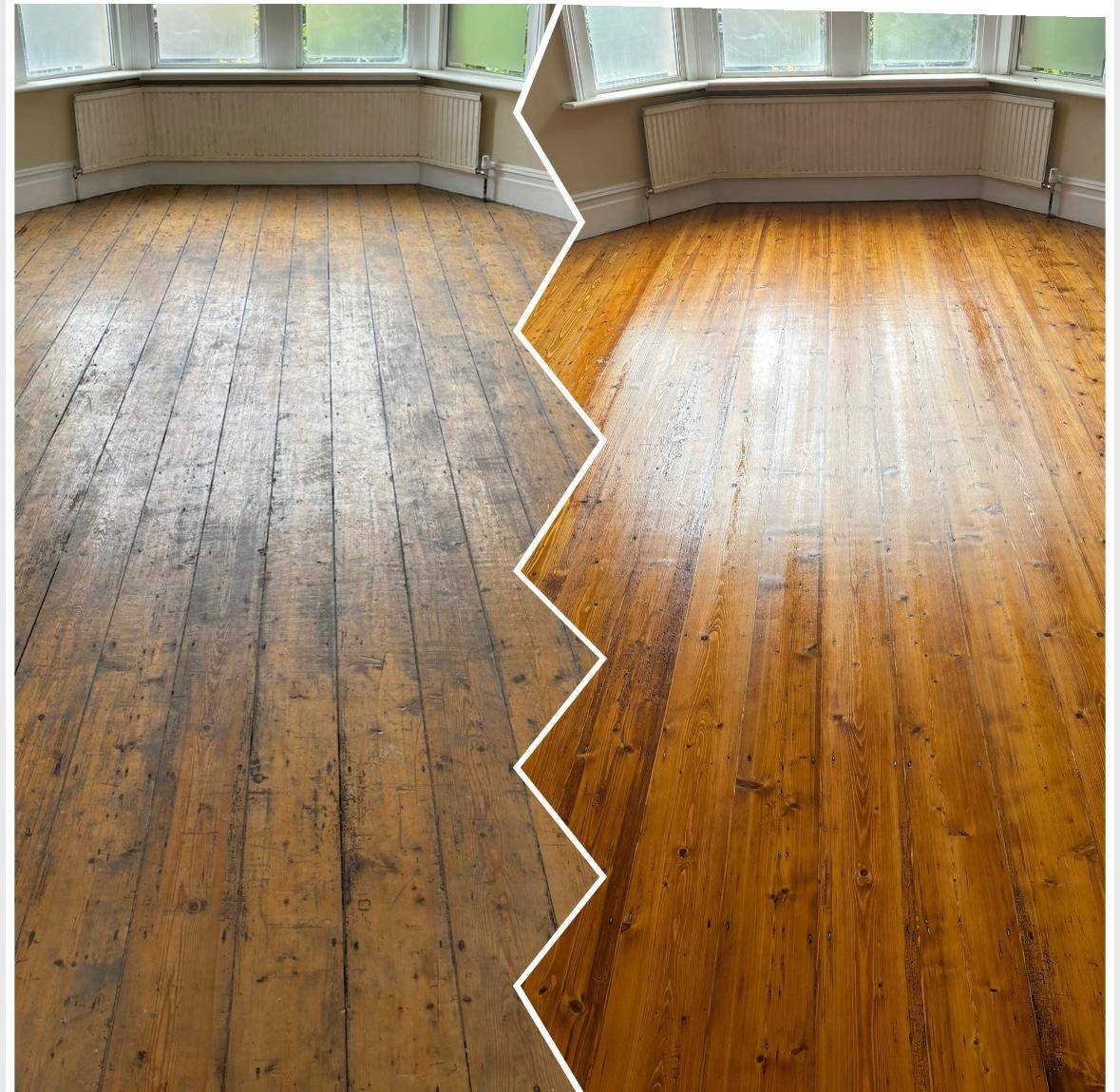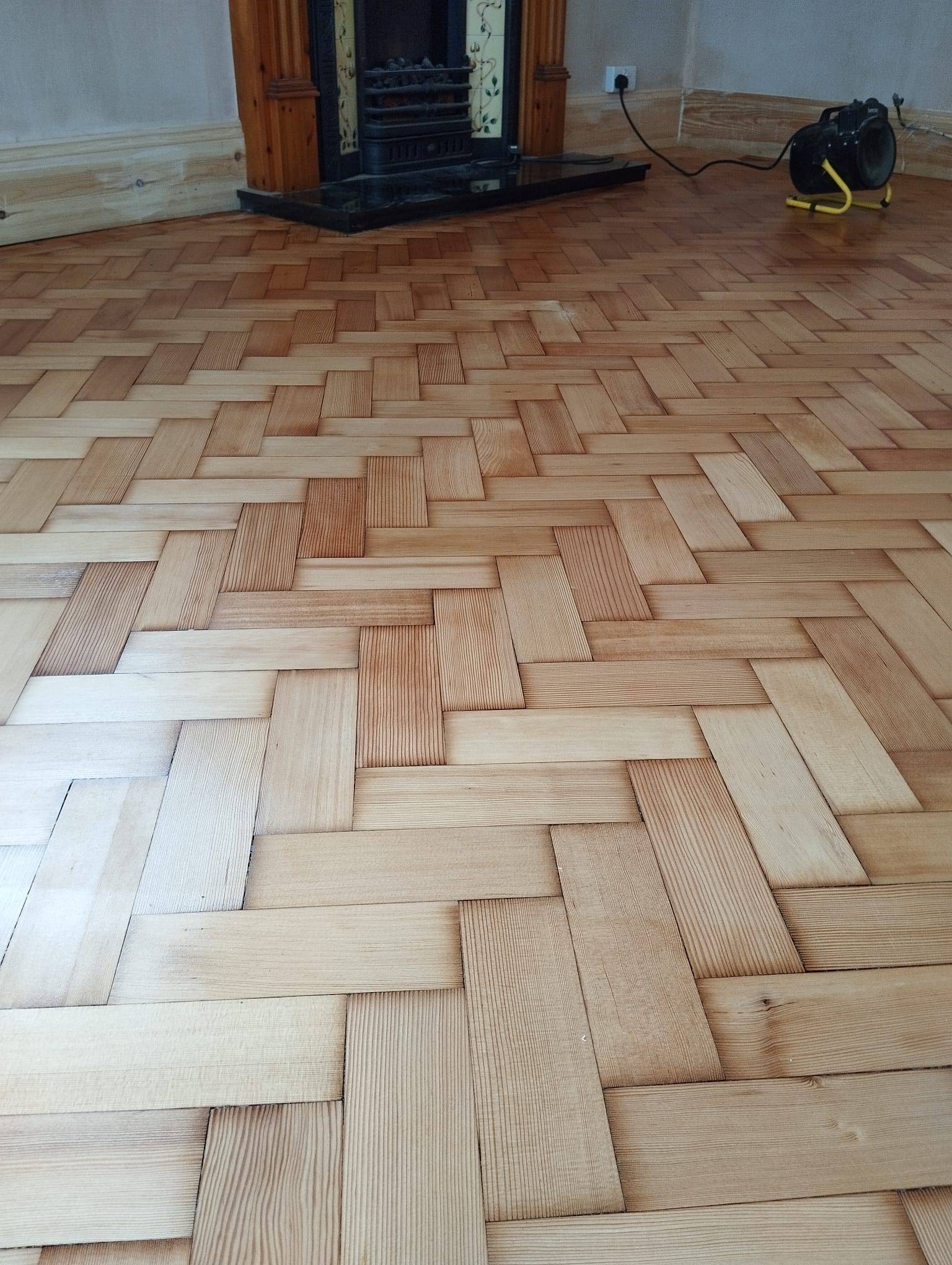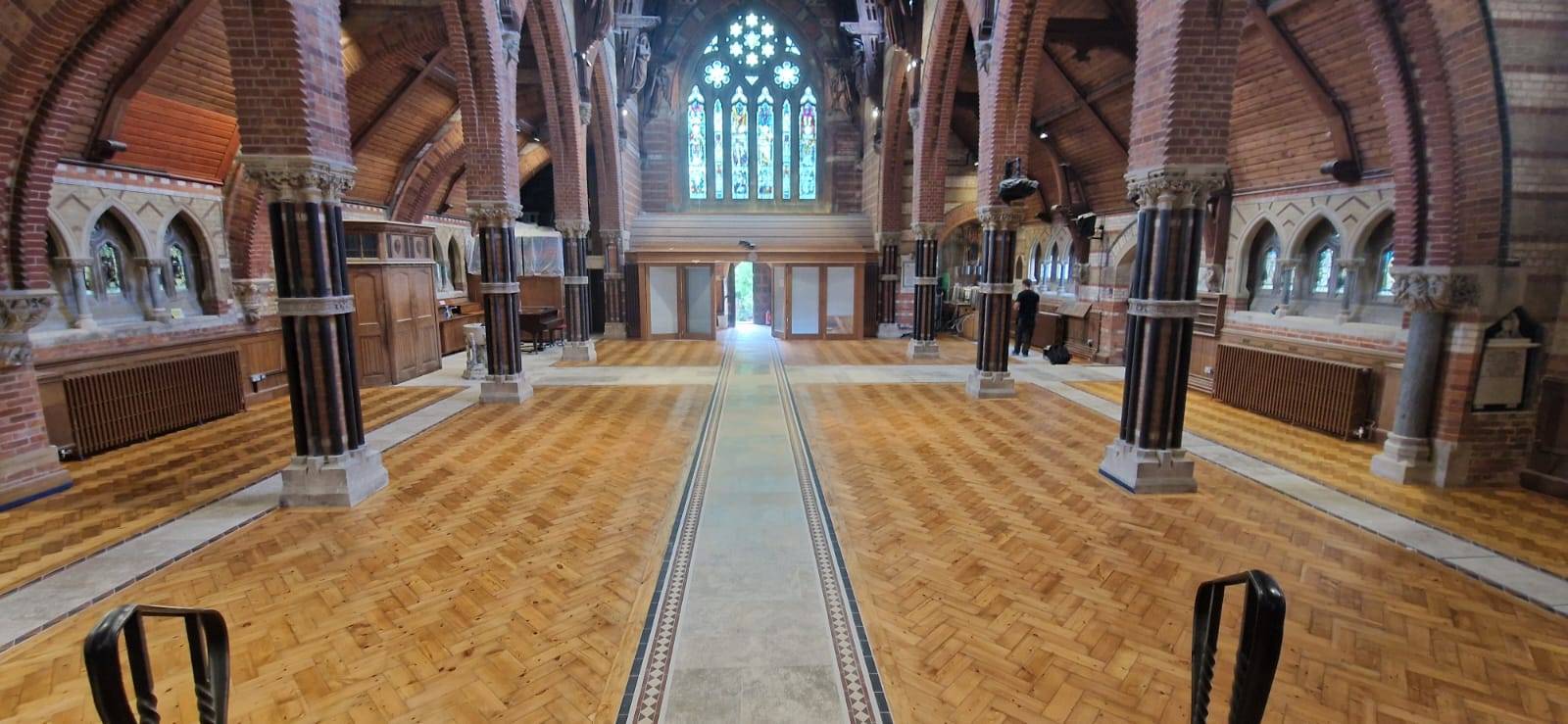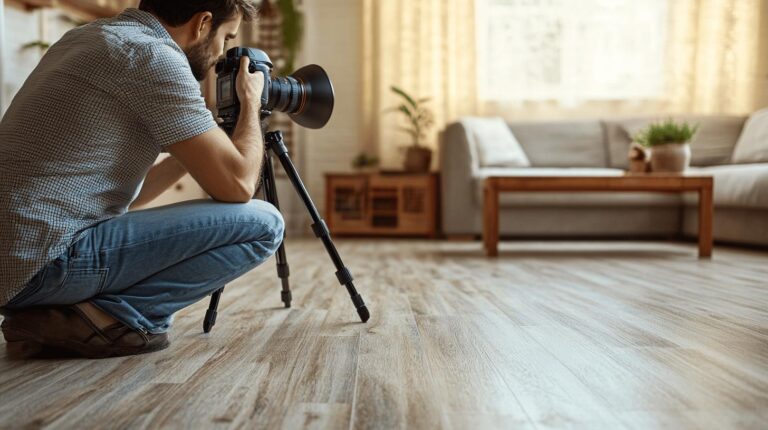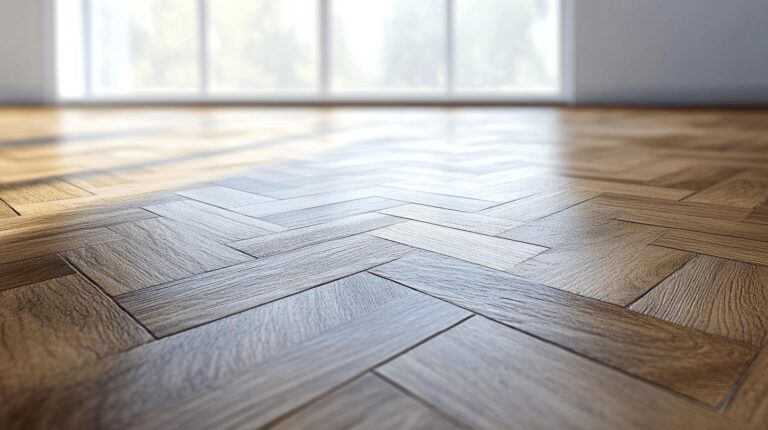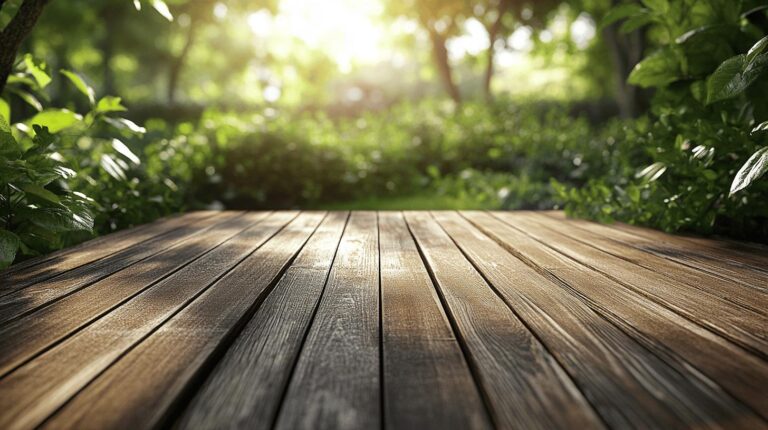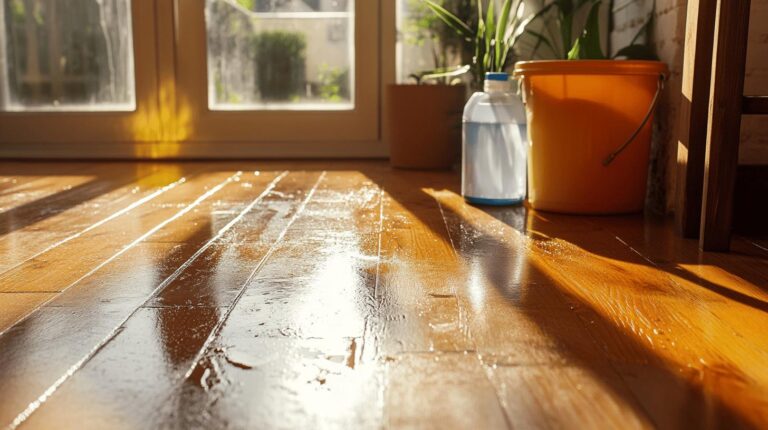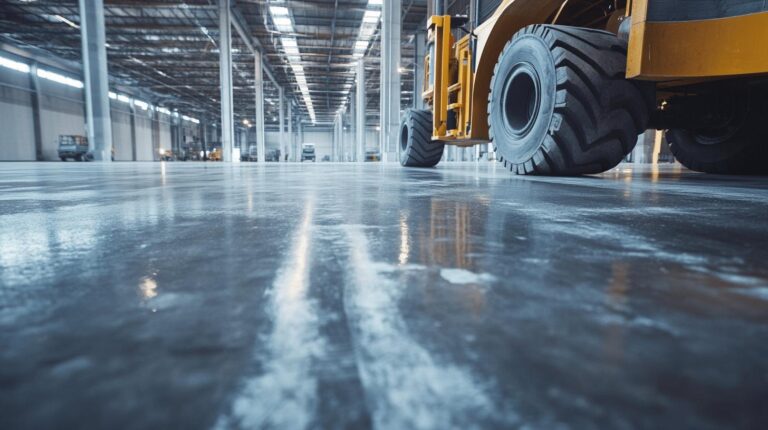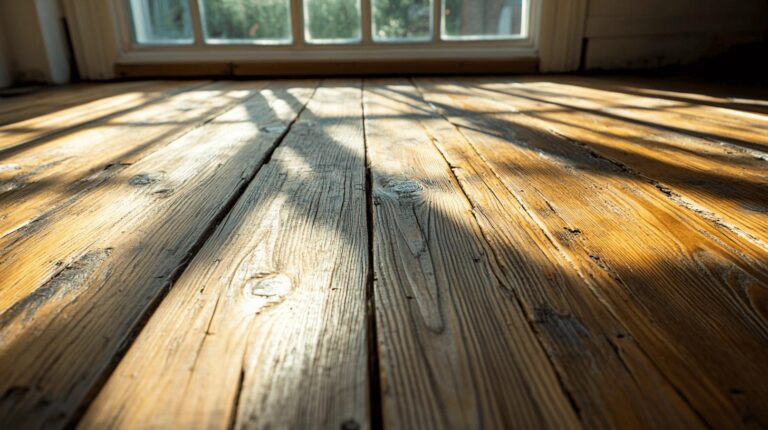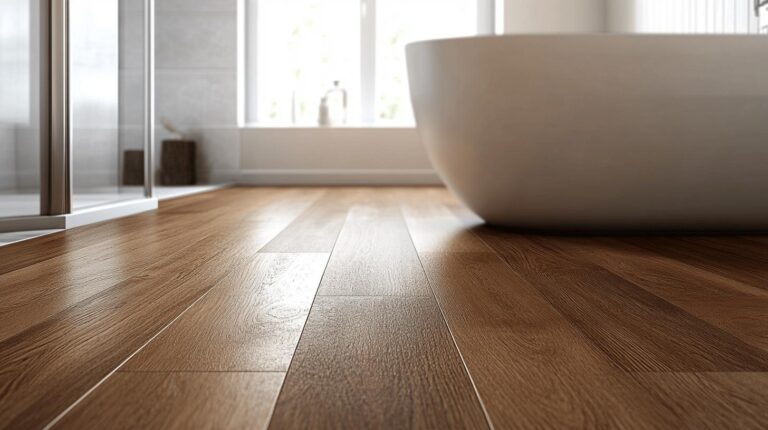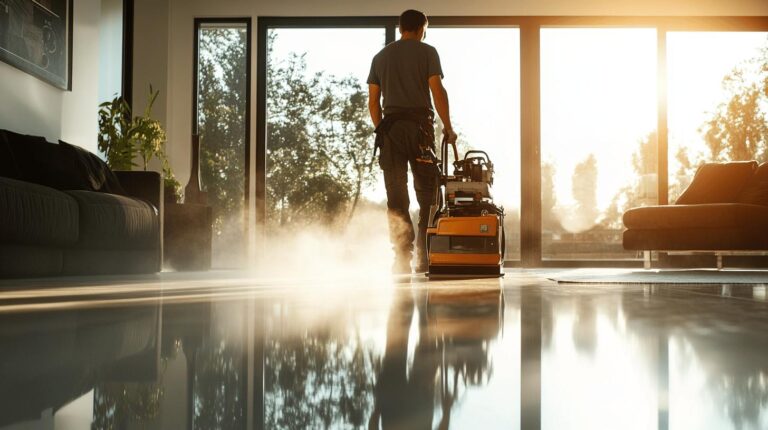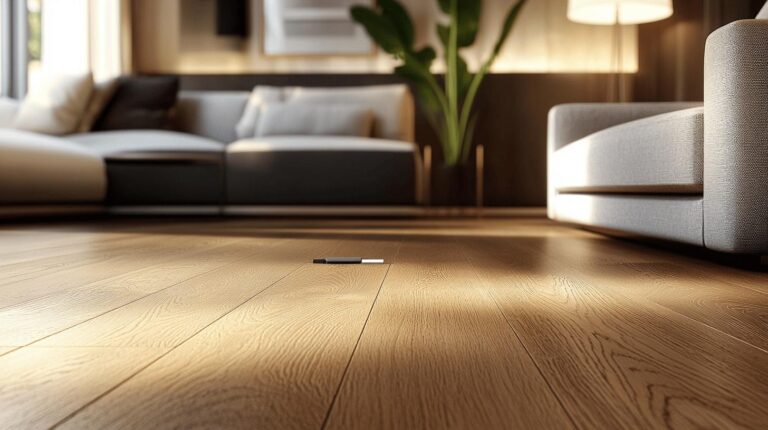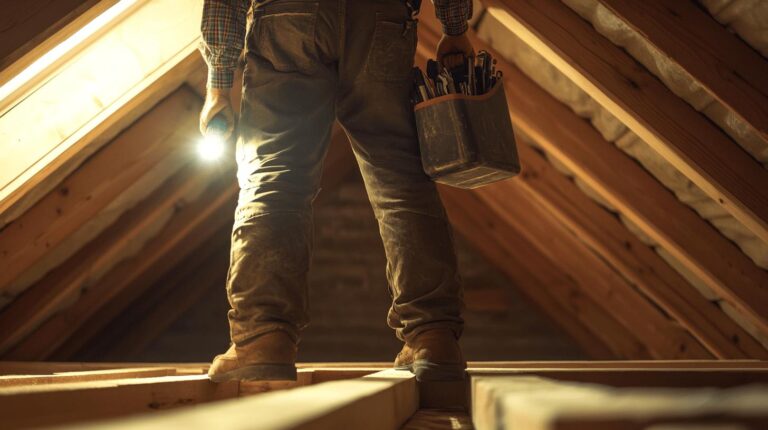When you look down at your beautiful wooden floors, are you greeted by unsightly stains and marks? It’s a common problem many homeowners face, especially with the hustle and bustle of daily life. If you’ve ever wondered how to restore your floors to their original glory without replacing them, you’re in the right place. In this article, we’ll guide you through the precise steps of identifying and removing various types of stains and marks from wooden floors. Whether it’s water stains, oil marks, or everyday scuff marks, the right technique can make a world of difference. Ready to rejuvenate your wooden surfaces? Let’s dive in.
Identifying Different Types of Stains and Marks on Wooden Floors
Identifying the type of stain or mark on wooden floors is crucial for effective treatment. Wooden floors, especially in residential spaces, are prone to various stains and marks due to daily activities. Immediate action is essential to prevent the stain from seeping deeper into the wood, which can lead to more extensive damage. Knowing the specific type of stain allows for the use of the appropriate cleaning method, ensuring the best possible results and preserving the integrity of the flooring.
- Water stains
- Oil stains
- Ink stains
- Pet stains
- Scuff marks
Misidentifying stains can lead to using the wrong cleaning method, which might exacerbate the problem rather than solve it. For example, using water-based cleaners on oil stains can spread the stain further, making it harder to remove. Additionally, incorrect treatment methods can damage the wood finish, leading to costly repairs or refinishing. Therefore, accurate identification and prompt treatment are essential for maintaining the beauty and longevity of wooden floors.
Materials and Tools Needed for Stain Removal
Having the right materials and tools is essential for effectively removing stains and marks from wooden floors. Regular maintenance and prompt cleaning are crucial to keep wooden floors looking beautiful and to prevent permanent damage. Depending on the type of stain, various household items can be used as effective stain removers. If unsure about the cleaning method or if the stain persists, professional services such as Ryan’s Restoration are available to assist.
- Microfibre cloths
- Soft-bristled brush
- Baking soda
- Dish detergent
- Isopropyl alcohol
- White vinegar
- Hydrogen peroxide
- Sandpaper
Professional services are beneficial when dealing with stubborn or extensive stains that might require specialised treatment. These experts can assess the situation and apply the most suitable methods to restore the floor’s appearance without causing further damage. Therefore, while having the right materials and tools is important, knowing when to seek professional help is equally critical for maintaining the integrity of wooden floors.
Removing Water Stains from Wooden Floors
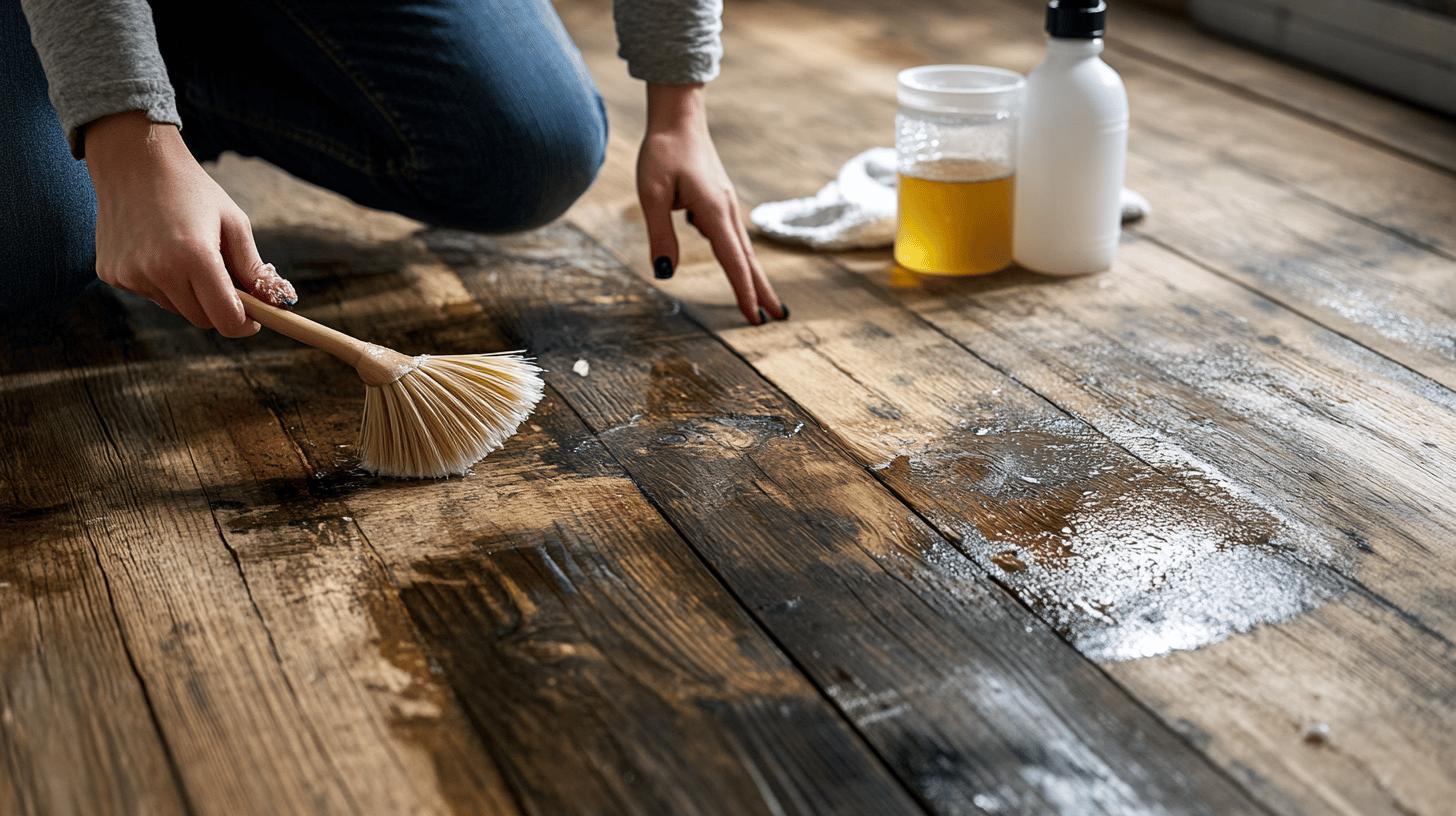
Water stains on wooden floors can cause significant damage if not addressed promptly. Immediate action is crucial to prevent the water from seeping deeper into the wood, which can lead to discolouration, warping, and even more extensive damage. By acting quickly, you can mitigate the damage and maintain the beauty of your wooden floors. Water stains can appear as white rings or dark spots; identifying and treating them correctly is essential for effective removal.
- Blot the area with a dry cloth to remove excess water.
- Mix equal parts white vinegar and warm water.
- Apply the solution to the stained area using a soft-bristled brush.
- Let it sit for a few minutes, then wipe with a dry cloth.
- For stubborn stains, apply hydrogen peroxide and let it sit before wiping.
In some cases, even the best efforts to remove water stains may not completely eliminate the mark. If the stain persists, consider sanding the affected area lightly and refinishing it to restore the wood’s appearance. For deep water stains, hydrogen peroxide can be effective but may cause some discolouration, so it’s advisable to test it on a small, inconspicuous area first. If unsure or dealing with extensive water damage, seeking professional help can ensure the floor is restored correctly and prevent further issues.
Techniques for Removing Oil and Grease Stains
Oil and grease stains on wooden floors present a unique challenge due to their tendency to penetrate the wood’s surface, making them more difficult to remove than other types of stains. These stains can result in unsightly black spots and a slippery surface if not addressed promptly. The key to effectively removing oil and grease stains is to act quickly and use the appropriate cleaning methods to prevent the stain from becoming embedded deeper into the wood. It’s important to use materials that can absorb and break down the grease without damaging the wood finish.
- Remove excess grease with a cloth.
- Sprinkle baking soda over the stain.
- Create a paste with water and more baking soda.
- Rub the paste over the stain in a circular motion.
- Wipe away the paste with a damp cloth.
- Repeat if necessary.
Baking soda is particularly effective for cleaning black stains caused by oil and grease. Its abrasive nature helps to lift the stain without scratching the wood. If the stain persists despite these efforts, it might be necessary to seek professional services. Specialists can use advanced methods and equipment to restore the wood’s appearance without causing additional damage.
Natural and DIY Solutions for Stain Removal
Natural and DIY solutions can be highly effective for removing stains and marks from wooden floors. Common household items like baking soda, vinegar, and hydrogen peroxide are not only cost-effective but also readily available, making them ideal choices for tackling various types of stains. These natural solutions can be gentle on wood while still providing the necessary cleaning power to remove even the most stubborn marks. Using these methods can help maintain the appearance and longevity of your wooden floors without the need for harsh chemicals.
- Vinegar & Baking Soda: Combining vinegar with baking soda can enhance the cleaning power for tougher stains. Sprinkle baking soda on the stain, then spray with vinegar. Let it fizz and sit for a few minutes before scrubbing gently with a soft brush.
- Hydrogen Peroxide: Effective for deep stains, especially water stains. Apply hydrogen peroxide to the affected area and let it sit for a few hours. Wipe clean with a dry cloth. Be cautious as it may cause slight discolouration.
- Baking Soda Paste: Mix baking soda with water to create a paste. Apply the paste to the stain and rub it gently in a circular motion. Leave it to sit for a few minutes before wiping it away with a damp cloth.
- Nature’s Miracle: A bio-enzymatic cleaner designed to clean and deodorise pet stains. It uses “good” bacteria to digest waste and soil, making it an excellent choice for organic stains.
When using natural and DIY solutions, it’s essential to test them on a small, inconspicuous area first to ensure they do not damage or discolour the wood. Additionally, always use soft cloths or brushes to avoid scratching the surface. If a stain proves to be particularly stubborn or extensive, consider seeking professional assistance to ensure the best results without compromising the integrity of your wooden floors.
Removing Scuff Marks and Scratches
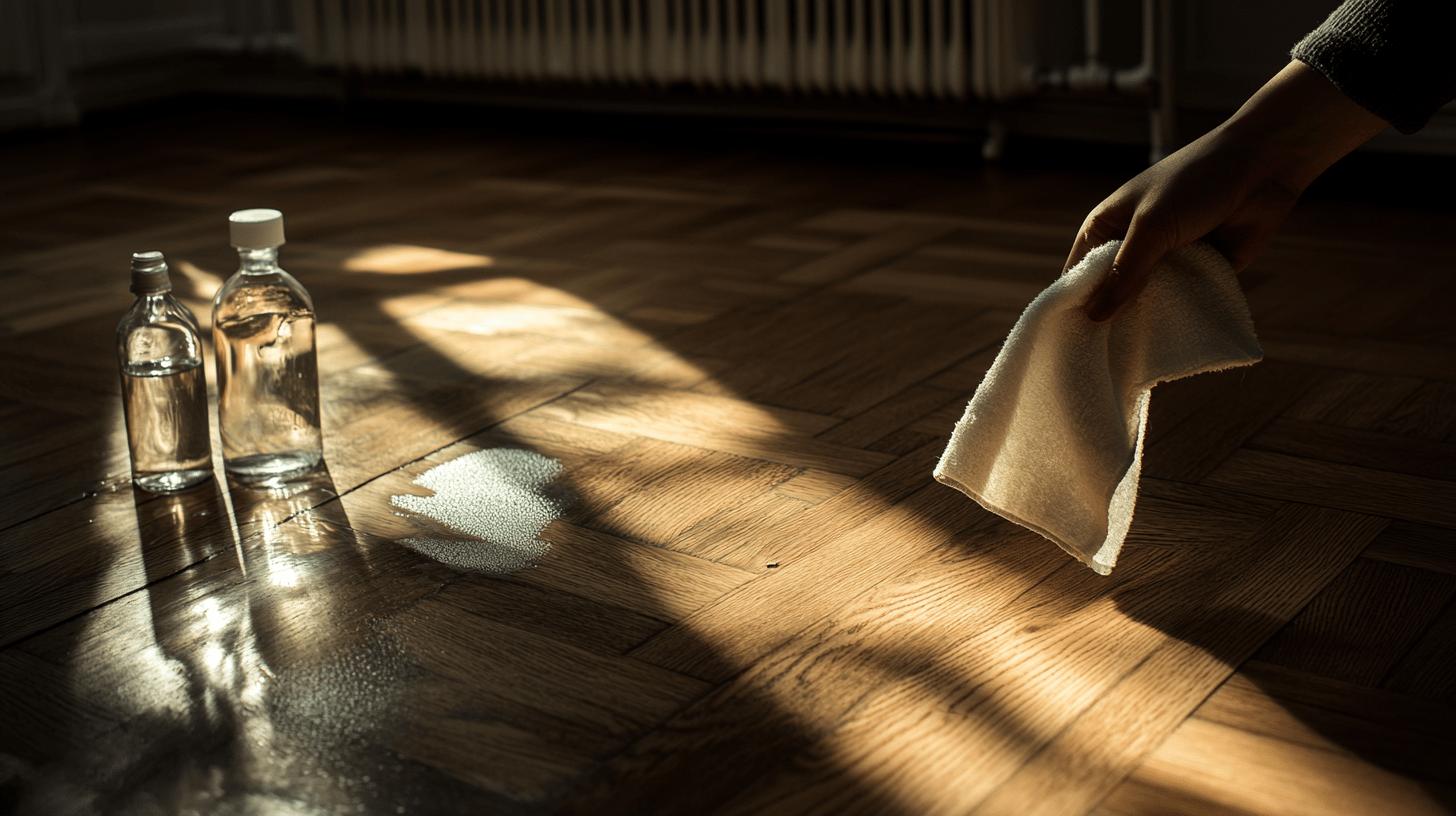
Scuff marks and scratches are common occurrences on wooden floors, often caused by everyday activities such as moving furniture, walking in shoes, or playing with pets. These marks can detract from the floor’s appearance, making it look worn and neglected. Addressing scuff marks promptly is essential to maintain the beauty and longevity of your wooden floors. Regular maintenance and prompt cleaning are crucial in preventing these minor imperfections from turning into more significant issues.
- Identify the scuff marks and scratches.
- Apply a small amount of isopropyl alcohol to a cloth.
- Rub the area gently in a circular motion.
- Buff the area with a soft cloth or buffing machine.
- Repeat if necessary and ensure the area is dry.
Maintaining the appearance of your wooden floors involves regular cleaning and quick action when scuff marks and scratches appear. Using isopropyl alcohol can effectively remove most marks and stains, including heel marks, but it should be used sparingly. Buffing with soft buffing machines or hand-polishing can bring back the sheen to newly-finished floors. If the scuff marks or scratches are extensive or persistent, seeking professional help is advisable to ensure the floor is restored without causing further damage.
Professional Restoration and Maintenance Services
Professional restoration and maintenance services offer significant advantages for wooden floors that have been improperly fitted or have sustained damage over time. These services are essential for preserving the beauty and functionality of wooden floors, ensuring they remain in top condition for years to come. One of the key benefits of professional services is the comprehensive assessment provided, which helps determine the necessary repairs before any sanding, staining, or sealing is performed. This thorough evaluation ensures that all underlying issues are addressed, resulting in a more effective and lasting restoration.
- Full floor assessments
- Sanding, staining, and sealing
- Comprehensive restoration
- Regular maintenance plans
Seeking professional help is highly advisable, especially for extensive or complex flooring issues. Ryan’s Restoration, for example, offers expert services to maintain and restore wooden floors across the UK. Their team of professionals can handle everything from minor repairs to full-scale restorations, ensuring that your floors look their best. Regular maintenance plans can also be tailored to your needs, providing ongoing care to prevent future damage and extend the life of your wooden floors.
Final Words
In the action of identifying stains and marks on wooden floors, readers learned about the various types and how to treat them effectively.
Essential tools and materials were detailed, along with methods for removing water, oil, and grease stains.
Natural and DIY solutions offered alternatives, while techniques for removing scuff marks and professional services provided comprehensive maintenance options.
Understanding how to remove stains and marks from wooden floors is vital for maintaining their beauty and longevity.
Prompt action and using the correct methods ensure lasting results. Embrace these tips for pristine wooden floors.
FAQ
How do you remove excess stains from hardwood floors?
To remove excess stains from hardwood floors, use a solution of dish detergent and warm water, gently scrub the stained area with a soft-bristled brush, and dry the area with a microfibre cloth.
How do you get stain marks out of wood?
To get stain marks out of wood, identify the type of stain, then use appropriate cleaners like baking soda for oil stains, vinegar for water stains, and isopropyl alcohol for other marks.
How do you get stains out of untreated wood floors?
To remove stains from untreated wood floors, apply a mixture of white vinegar and warm water, scrub with a soft brush, wipe with a cloth, and sand lightly if necessary.
Does baking soda remove stains from hardwood floors?
Yes, baking soda can remove stains from hardwood floors. Create a paste with water and baking soda, rub it over the stain in a circular motion, and wipe it off with a damp cloth. Repeat if necessary.
